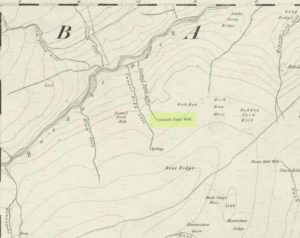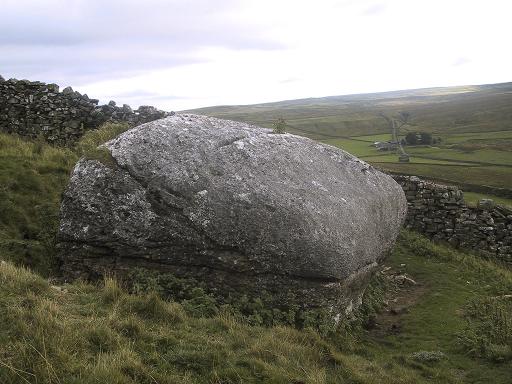Healing Well: OS Grid Reference – SD 88727 85543
Archaeology & History

Found high on the moors several miles south of Hawes, this is a small almost insignificant water source that I sat with, drinking in both the landscape and the waters many moons ago in a daydreaming amble. It’s history is only remembered in the name it was given, no doubt by some local to the Ordnance Survey lads in their own, albeit more focussed assessment on these hills. Its name puzzled me for a long while and I wondered if some untold story lay behind it. Sadly that doesn’t appear to be the case. Although there are doubtless many tales that could be told of the people who, through the centuries, have sat and drank the waters here, we know none.
Its name very probably derives from the misapprehended dialect word ‘cannel’ which, as Mr Wright (1898) explains, is simply “a ditch…gutter, watercourse,” which seems appropriate here. Of the place-names shown on the 1856 OS-map, it seems the most likely solution to the word.
As for a place to sit and have a drink, it’s very refreshing after the rains have fallen. All too often nowadays, as with many of the old hilltop watercourses, their life-blood is falling back to Earth…
References:
- Wright, Thomas (ed.), English Dialect Dictionary – volume 1, Henry Frowde: London 1898.
© Paul Bennett, The Northern Antiquarian
The map could not be loaded. Please contact the site owner.
